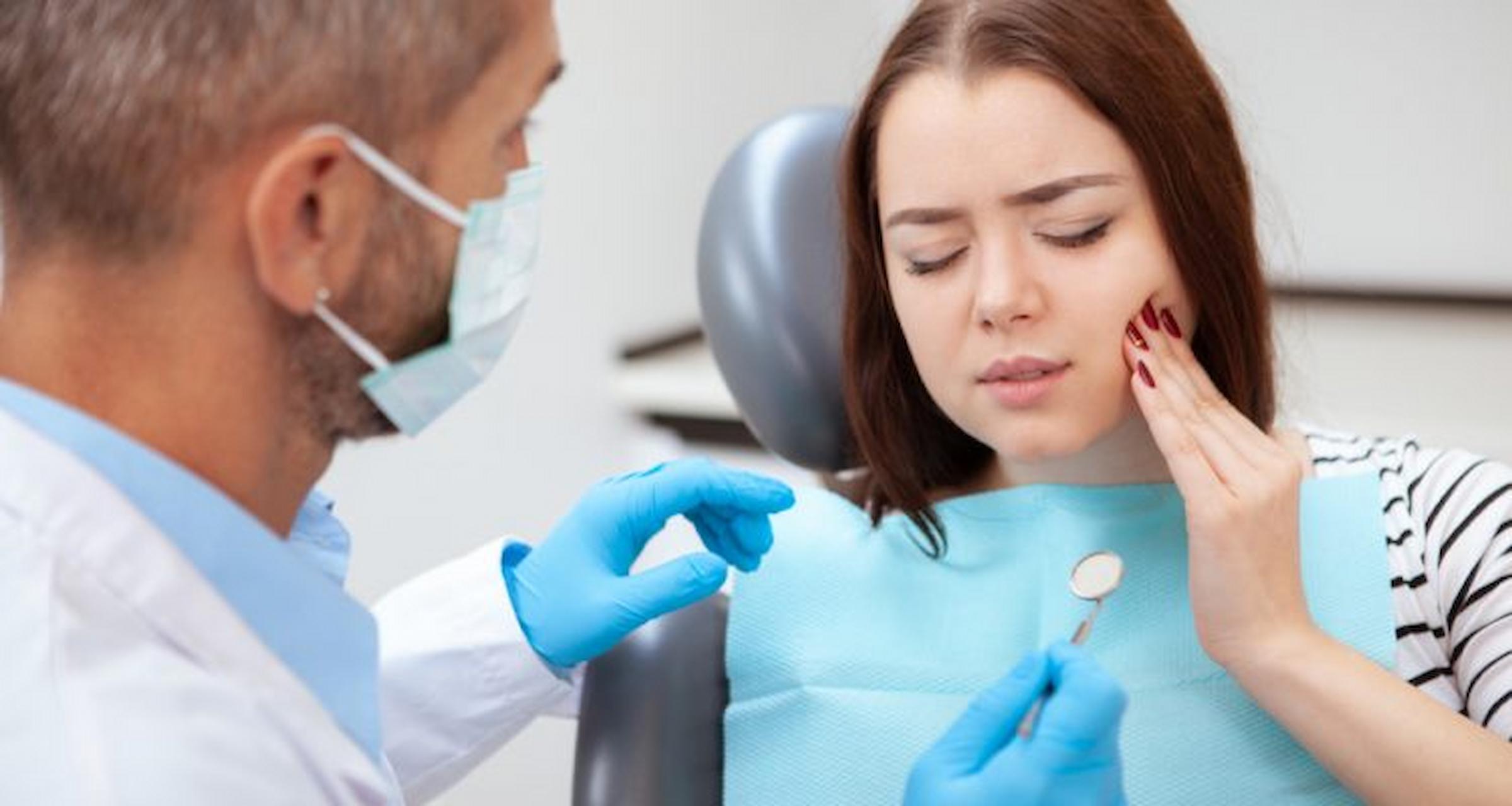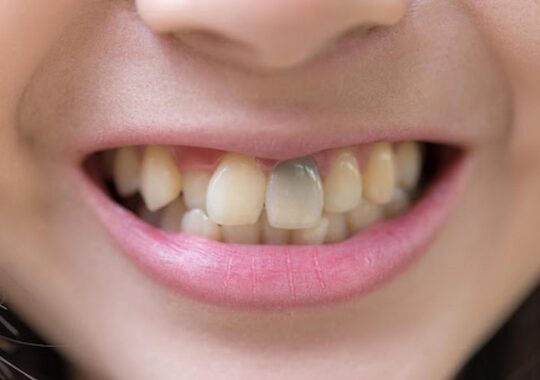When dental discomfort or pain begins it can be hard to tell if it is an emergency or if it can wait for your next appointment. To know if you should seek an emergency dental appointment or if you could book a normal check up with your dentist, it may be important to assess how much pain is present, if it addressed by at home treatments, and where the pain is located, as well as any other symptoms. According to a professional Oakville emergency dentist, the number of patients in need of urgent dental care has decreased up to 50 % on average over the past ten years.
Non-emergencies
General dental care is not an emergency and can wait for your next dental appointment. This includes cleanings and any small cavities that are already booked for fillings. A slight discomfort around a tooth or between two teeth may be caused by food particles lodged between the teeth, which can be relieved by flossing and brushing regularly.
A small sore or bump from a bite or sharp food that responds to rinsing with salt in warm water is also not a need for an emergency dental appointment. These are common and can occur when a sharp piece of food poked the cheeks or gums, and will heal within a few days. If it remains, then a regular appointment should be scheduled.
Dental Emergency from Trauma
If someone becomes hit in the mouth, falls and bumps their mouth, or receives a traumatic injury to the face or jaw, this can be a dental emergency. This can cause damage to the root of a tooth, loosen a tooth, or fully remove a tooth. Each of these symptoms should be seen by a dentist as soon as possible, especially where blood is present. If treated quickly enough there may be an opportunity to save a damaged tooth. A dental trauma can be caused by large events such as being hit in the face with a ball during a practice or game, or it may be something such as biting down on a hard popcorn kernel. These can each cause a cavity, loosen a filing, or crack a tooth.
Dental Emergency from Infection
A dental infection can form when a tooth has been damaged, or the roots have been damaged. Any small cavity can become infected if it is close to the gums, large cavities can become infected and spread through the gums to the rest of the mouth, or where the roots become exposed an infection can form around the roots. Signs of an infection include pain, heat or warmth in the area around the tooth, swelling of the gums and cheek, and puss or discharge from the area. These must be treated quickly to avoid spreading, and pain killers may be recommended. A cold cloth on the side of the face can help to relieve some pain and swelling while awaiting the emergency dental appointment.
If there is swelling, intense pain, throbbing, or bleeding around a tooth after a trauma or where an infection is suspected, it should be addressed as a dental emergency. Follow all instructions provided by the dentist at the appointment to ensure the best results.






